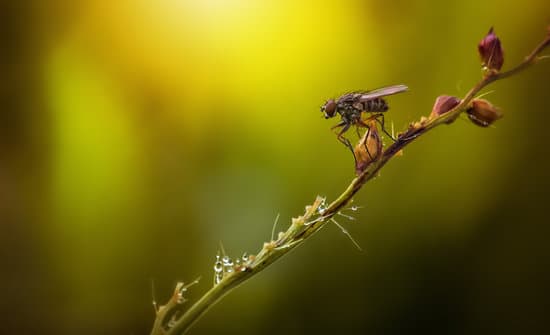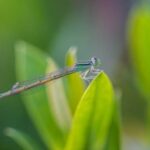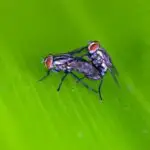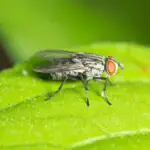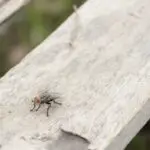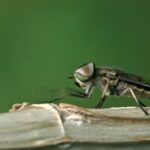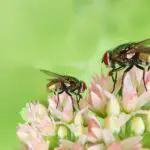How Bad Are the Black Flies in the Adirondacks?
Black flies are an annual nuisance in the Adirondacks, peaking between Mother’s Day and Father’s Day. Although the health risks of a Black Fly bite are not as severe as those from mosquitoes, the discomfort of being bitten by a Black Fly is no joke, and it can be very uncomfortable. The best way to avoid getting bitten is to avoid the area where the flies are active.
Fortunately, there are now effective ways to control the flies without resorting to chemical pesticides. Waterways in the Adirondacks are treated with Bacillus thuringiensis israelensis (Bti), an acidic bacteria that kills aquatic black fly larvae. The treatment begins in early April, and is done several times throughout the season.
Until the 19th century, people in the Adirondacks relied on smudge (small fires intended to produce large amounts of smoke) to keep flies at bay. Other methods included ignoring the problem and avoiding the flies. However, as tourism increased in the area after the Civil War, bug repellent became necessary.
One of the most effective ways to deal with black flies is to maintain a campfire. The carbon dioxide in the smoke will overwhelm the flies’ ability to find a host. However, be careful when starting and maintaining a campfire. Black flies can be a nuisance but only for a short time.
